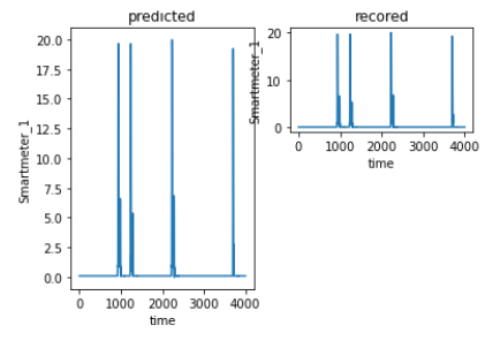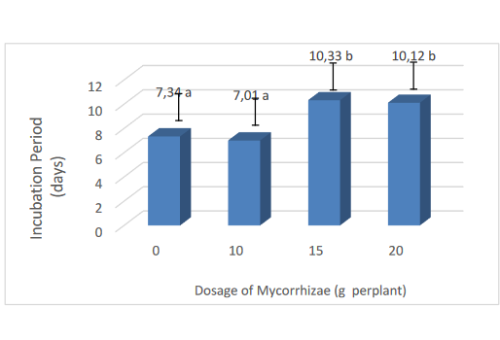
- Title: Annals of the Romanian Society for Cell Biology
- ISSN: 1583-6258
- Country: Romania
- Publisher: Association of Cell Biology Romania
- Frequency: Monthly
- Contact: editor@annalsofrscb.ro
- Editor in Chief: Ryon Oelen, Wageningen University & Research, Romania
- Associate Editor: Assunta Lorenzo, Canada
Iffah Harb, Romania
Most Popular Articles
Laser confocal microscopic study of callose in plants at nature submergence
The dispersion and relative substance of callose in cell dividers of epidermis, mesophyll and vessels of conductive packs of Potamogeton perfoliatus, Potamogeton pectinatus and Myriophyllum spicatum leaves with the laser confocal microscopy (LSM 5, Germany) and Pascal program dissected and contrasted with leaf anatomical qualities. Nature submergence animates callose creation in leaf cells of the epidermis and mesophyll. The reliance on content callose in cell dividers on species, tissue and plant stage advancement set up. It is uncovered that callose substance of mesophyll cells of plants during vegetative stage is significantly more in examination with that in leaves at the blossoming phase of plants.
Histological aspects of the esophagus at Chinchilla (Chinchilla lanigera)
From three clinically solid Chinchilla guys butchered by the proprietor for their hide, were gathered throat pieces having a place with the three unique regions: cervical, thoracic and stomach. The tissue pieces were handled by the paraffin incorporation strategy so as to perform histological examination. In each of the three distinct fragments, the esophageal mucosa is spoken to by a separated squamous epithelium with a granular layer twice as evolved contrasted and the spinosum layer and with a medium level of surface keratinization. Muscularis of the mucosa is all around spoke to and present in every one of the three fragments, with an attentive thickening inclination from the cervical to the stomach portion. It is arranged on a solitary layer and is framed from smooth muscle cells with longitudinal orientation.
The antioxidants are not enough. Malus sylvestris (L.) Mill. extract enhances the carbon tetrachloride liver toxicity in albino rats
Liver toxicosis prompted by CCl4 presentation is an authoritative model for steatohepatitis. Cancer prevention agents are as often as possible utilized for hepatoprotection yet now and again they have no advantageous impact dependent on the prooxidant properties or lattice harmfulness. Four exploratory gatherings (Control, Extract, CCl4 and CCl4 + Extract) of pale skinned person rodents were utilized so as to assess the impact of the hydroglycerin alcoholic Malus sylvestris (L.) Mill. separate in CCl4-prompted steatohepatitis. Blood transaminases and TNF? were expanded after CCl4 organization and cell-interceded provocative reaction was improved similarly with transaminases and TNF?.



